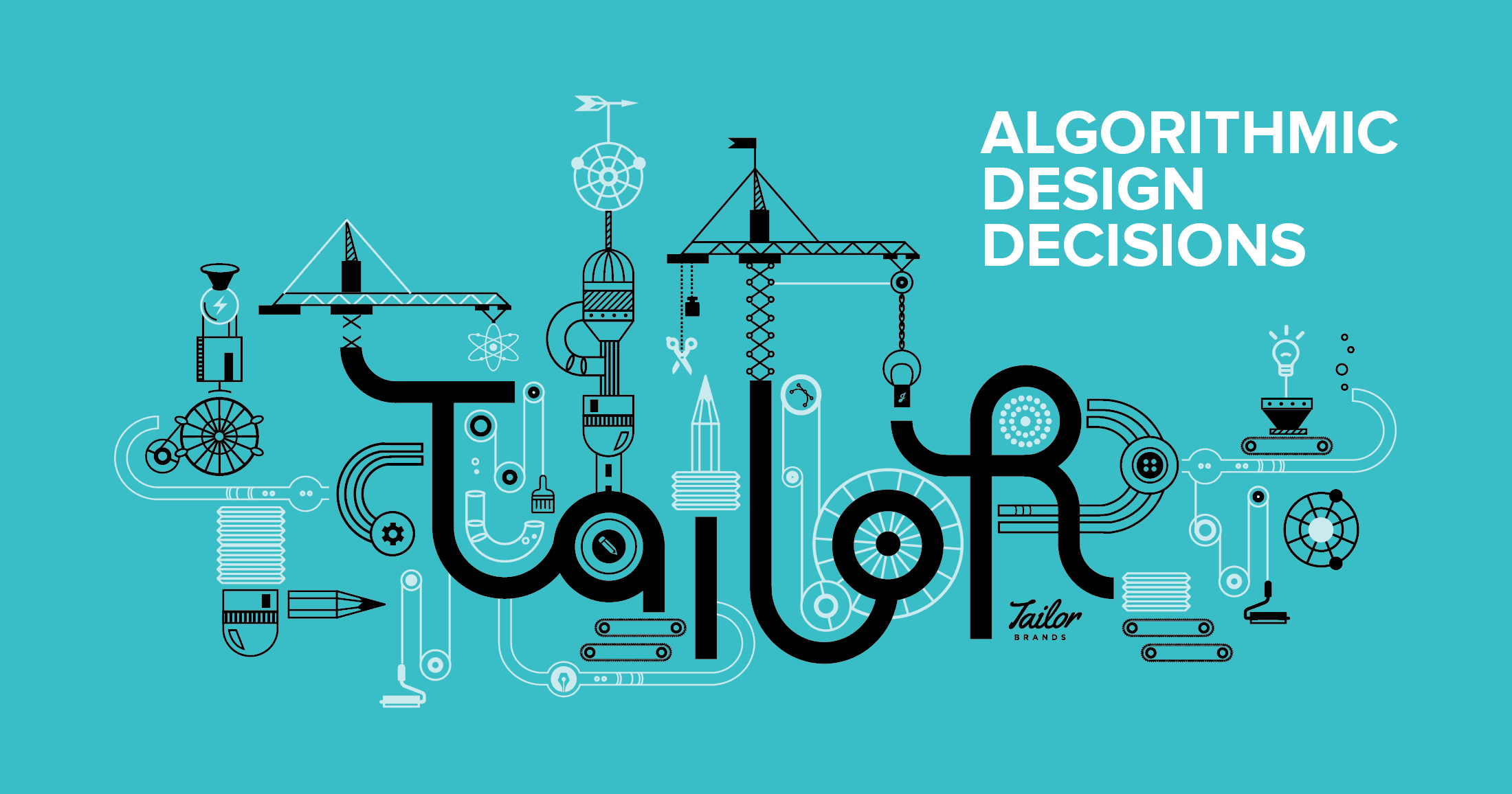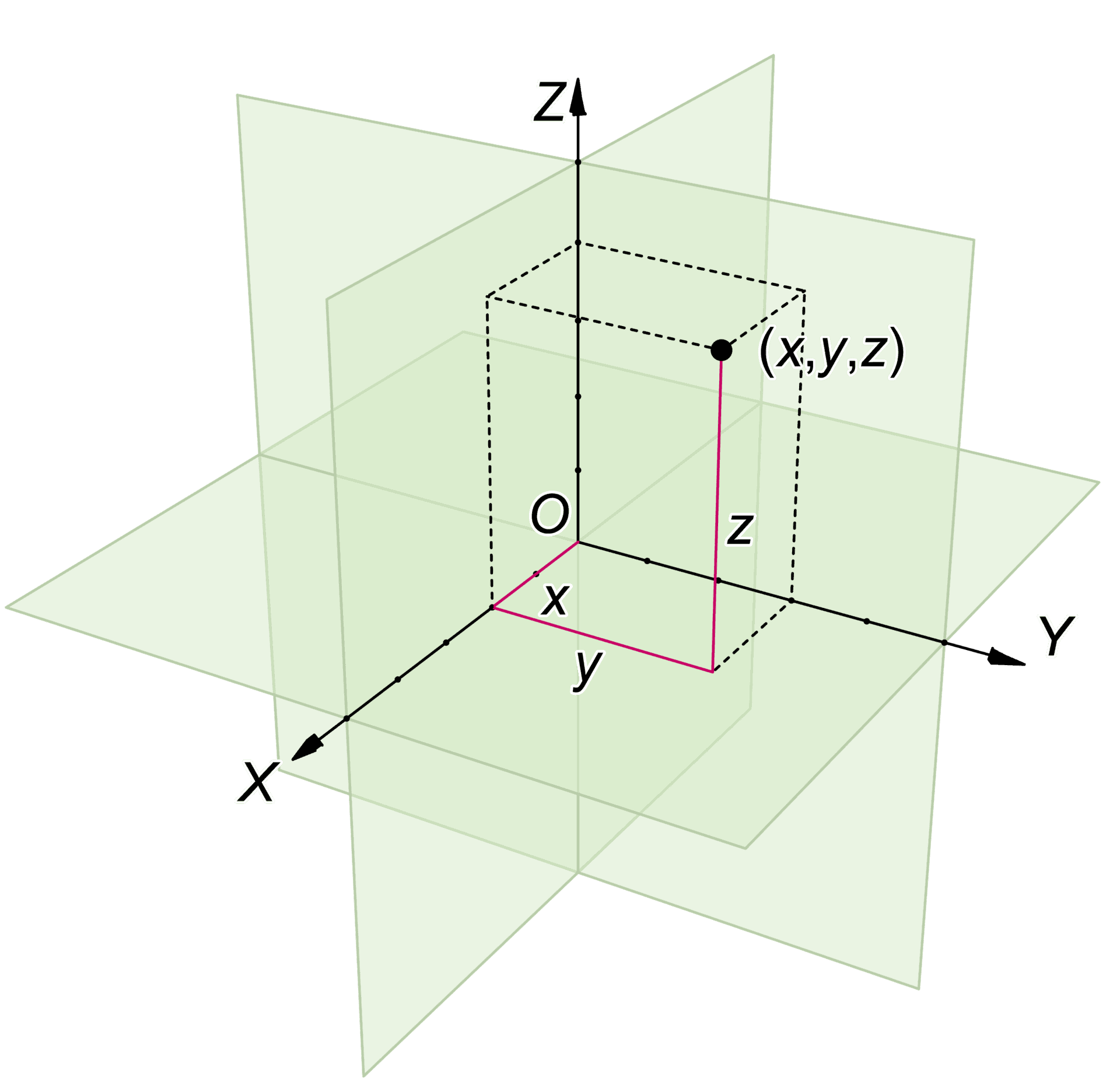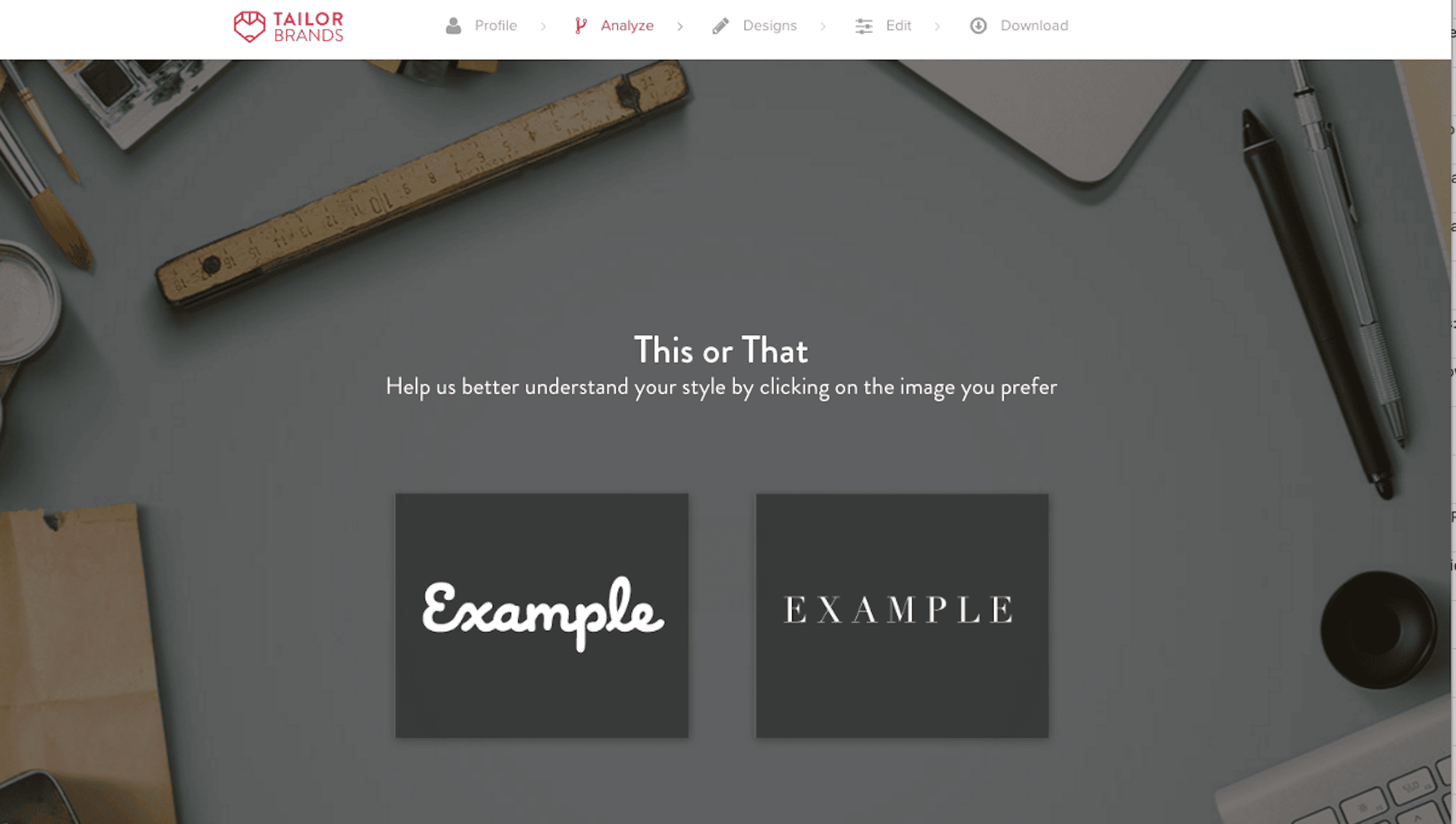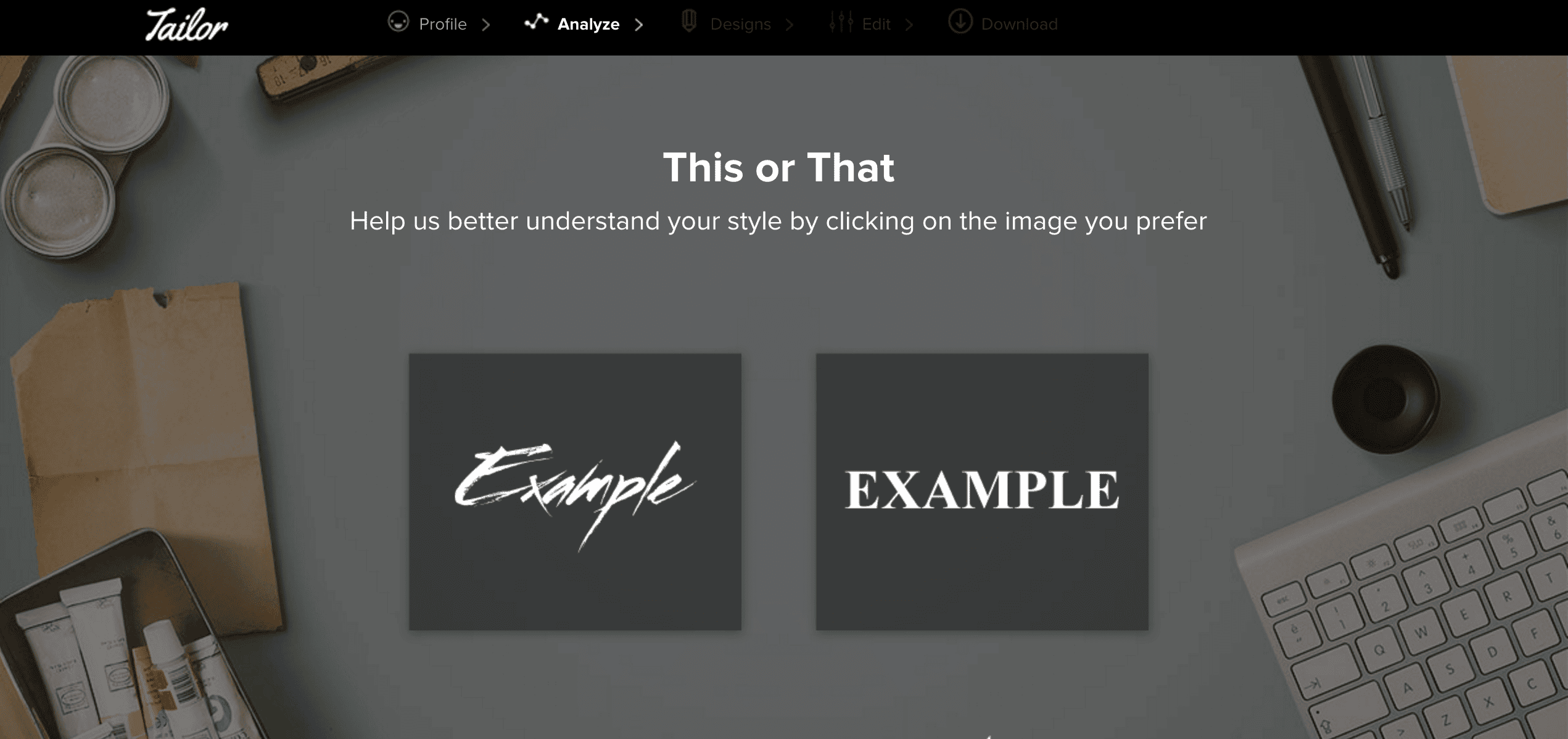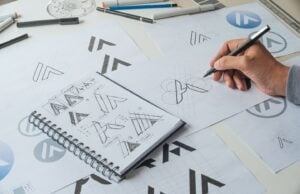See anything different? Sure you do! Let’s list out a few of them:
- One is cursive while the other is written in print letters
- One is very fluid while the other is very strict.
- They each have a unique font
- One is in all caps, while the other has just one capital letter.
And so on…
Now while that example was easy, it can get much harder to properly define and spot the differences between two examples. Let’s look at these two:
